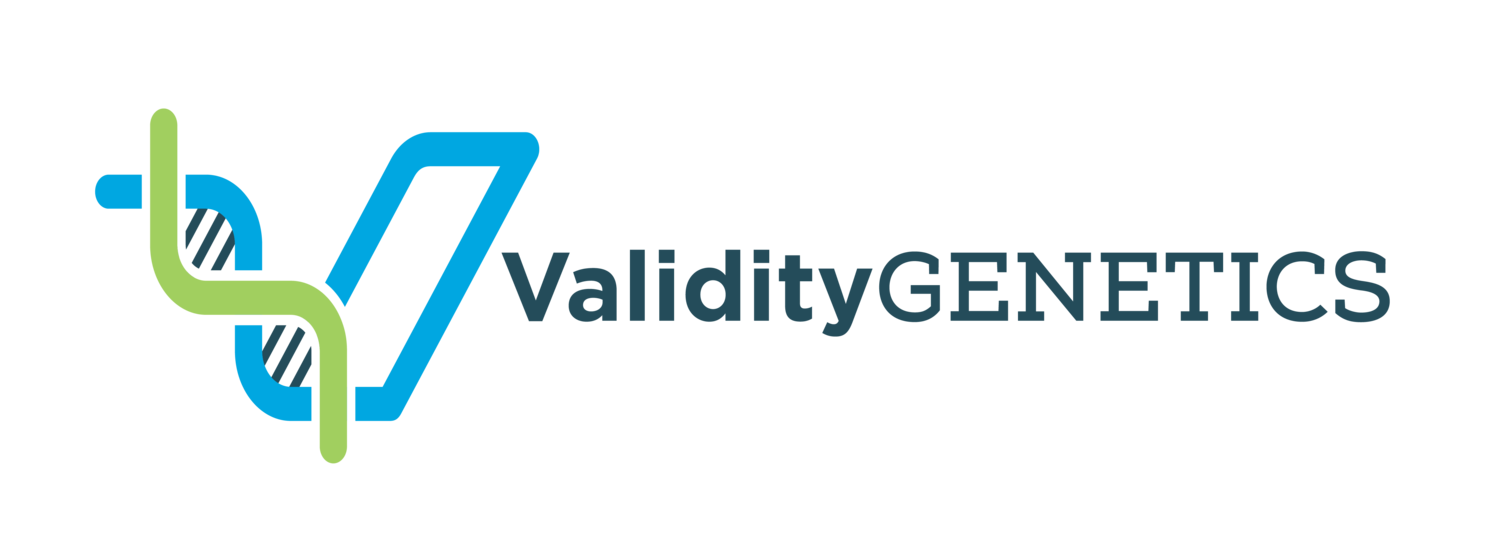Finding out the identity of a baby’s father provides certainty, allowing the mother and child to move on with their lives. Moreover, getting a paternity test may be necessary for important legal reasons. Despite DNA paternity testing being around for many years, several aspects of testing are still widely misunderstood. In this article, we strive to separate fact from fiction. We hope the following paternity test facts eliminate any remaining doubts you might have about these tests.
1. “Paternity testing is expensive.”
Due to significant advances in technology, paternity tests can now be performed for $130 to $500. The cost depends on who performs it as well as whether the results need to be used for personal knowledge only or for legal purposes. Quality should never be sacrificed for price, especially in situations as sensitive as paternity testing. Nevertheless, efficient and accurate paternity testing should be affordable. Some companies, including Validity Genetics, can start the testing process as soon as they receive notice from the client.
2. “It doesn’t matter where a paternity test is performed because all labs are created equal.”
All labs aren’t created equal. You need to check the accreditation of any laboratory you’re considering.
DNA testing involves far more than technique and instrumentation. It requires the experience and expertise of qualified scientists, careful laboratory protocols, and client-service professionals who understand the unique needs of each client. Our lab has held AABB accreditation since 2015. It also hold accreditation and certifications from governing bodies such as AABB, A2LA, ISO 17025, ISO 9001, MoJ (UK), and ILAC.
3. “I can’t order a paternity test because the potential father lives hundreds of miles away from me.”
We can ship collection kits to multiple address across the country and internationally. Most of these options can be selected from out product page. Additionally, samples can also be collected at different times, places, and across collection sites.
4. “My ex-boyfriend is gone. Without him, I’ll never know who the father of my child is!”
In some situations, the possible father is unavailable or unwilling to partake in a paternity test. In these situations, a grandparent test can be performed. This test uses the paternal grandparents’ DNA to determine if the child is biologically related to them. If the child is determined to be a descendant of the grandparents and they have more than one son, all sons would be considered the potential father of the child.
5. “Paternity testing takes too long and I need results now.”
In most cases testing is done within 2-3 business days, but, it can be done in as quickly as one business day. It will cost more if you need the results quickly. In most cases, a few labs offer results in five days, on average. Validity Genetics has the capability to provide accurate results in 1-2 business days. If you’re using a private lab, you should receive prompt service and results. If you’re planning on going through a government child-support agency, it could take months for the processing and paperwork to go through, even though the actual testing may only take a few days.
6. “Paternity testing divides families.”
Paternity testing has many benefits. It’s used in adoption, immigration, genealogy, and other family-building cases. Testing benefits the child in cases in which paternity must be verified for inheritance or insurance purposes, as well as child-support and custody cases. Of course, you need to prepare yourself emotionally for the results, but finding out the truth enables you to make important decisions and move on with your life.
7. “If I get a test, people will find out about it.”
Each case is unique and is handled with the utmost confidentiality, privacy, and discretion. At a private laboratory like Validity Genetics your results are confidential. Keep in mind if you go through a child-support agency, your results may be public record. In addition selecting a privately-conducted test provides you with sole control of what to do with the results after you receive them.
We also ship all collection kits, returned samples, and correspondence, in nondescript anonymous packaging free of logos.
To see more info surrounding how we retain samples and results see our Privacy Policy.
8. “A cheap $99 test is the right choice for me.”
A $99 paternity test can be more expensive to the consumer in the long run. These tests are generally not as reliable because the testing may be done outside industry protocols and/or performed by inexperienced staff, which could lead to results that are interpreted incorrectly. If you’re inquiring about a paternity test for important matters experience in DNA testing is required. Wouldn’t it be better to pay only once for something so important? The accuracy Validity Genetics can provide for the definitive answers you need, is well worth it.
9. “I can’t stand the sight of blood or needles, so I could never participate in a paternity test!”
While a blood sample is one method of testing, most labs today, including Validity Genetics, use a painless buccal swab to collect samples for all DNA testing. The swab is similar to a cotton swab, much like a common q-tip. As mentioned above, this collection process is painless.
10. “Tests can’t be done through the mail due to contamination.”
While contamination isn’t a myth per se, is the common concern that samples might get contaminated. Validity Genetics and our highly-accredited laboratory takes this responsibility seriously and has established strict processes to ensure samples aren’t contaminated at the lab level. As a participant in the testing, it’s your responsibility to follow instructions and due diligence by sending us samples in the best condition possible. Please allow samples to air dry
We recognize that every situation is unique and so offer a variety of testing options and payment plans to fit your specific needs and circumstances. Still have questions or concerns? We encourage you to contact one of our paternity experts for a confidential chat via Facebook or send us an email at: Info@ValidityGenetics.com.
















